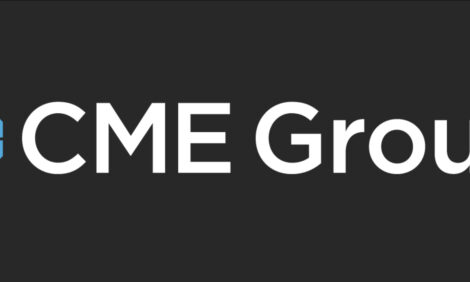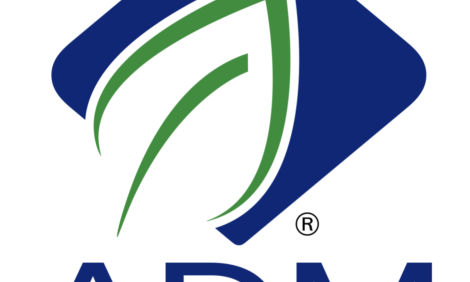



Global Expansion of Danish Pig Genetics
DENMARK - DanAvl, the Danish pig industry’s genetics division, has set a target to become the world's second largest supplier of genetics by 2020.DanAvl develops, markets and sells pig genetics across the world and in achieving its target of being number two in the world it is aiming to quadruple its turnover.
The Danish Pig Research Centre currently has contracts with 26 breeders and 144 multiplier herds in Denmark and 76 multiplier herds abroad, which is an increase of 34 herds since 2012. It also has 14 licensed dealers selling DanAvl breeding stock.
DanAvl saw a turnover of DKK 1.5 billion (€200million) last year. Half of this was accounted for by sales outside Denmark.
DanAvl’s 2020 strategy is focusing on increased growth, professional development of strategic markets and the vision of becoming the world's leading breeding system.

“We are strengthening our distributor structure, but because of EU regulations we cannot restrict the sales of genetics,” said Trine Vig, product manager for breeding and genetics.
“We are looking to increase the distribution of A1 boar semen and increase the service and advisory service.”
Ms Vig said that DanAvl is specifically looking at the Asia,, South American and US markets.
The research and development that is driving DanAvl strategy forward is looking at aspects of longevity and strength for the DanAvl sows and also specifically for the Duroc boars, sustainability and productivity in terms of improved growth and feed conversion.
The genetics organisation has also set a target for the development of breeding value for social interactions to assist in growth rate.
DanAvl is also seeking new traits that will reduce boar taint and show better mother ability and better meat quality.
There is also a goal to carry out genomic testing on 40 per cent on the nucleus population.
And the researchers have set target to improve feed efficiency by 0.5FUs per kilo, growth weight by 60g a day and litter size by 0.25 piglets per litter per year.
“We are carrying out boar taint tests at our testing station and are seeing that Duroc and Yorkshire are low on boar taint and Landrace are high and we may select for it through genetics, but a lot more work neds to be done.” said Ms Vig.
On litter size we are looking at live piglets on day five (LP5) and the LP5 has increased.
“We want as many piglets to survive as possible. We are trait counting the number of piglets alive at day five.”
Nicolaj Norgaard, CEO of the Danish Pig Research Centre said: “We’ve been working on a new strategy for DanAvl for some time, because we believe that there is potential for a significant expansion of our activities.
“The strategy has been developed in close cooperation and partnership with our key partners, with a focus on optimising the value of DanAvl for our owners, the Danish pig producers,”
He said that DanAvl had to maintain its position as a breeding system, possibly providing the world's best quality and, at the same time, developing strategic core markets.
The lead over other breeding companies will be secured through close cooperation with University of Aarhus, by focused use of genomic selection and investment in the latest breeding techniques.
“As demand for food increases, there is a need for genes of the highest quality and, in particular, the major emerging markets such as China will need to increase their production in line with a growing middle class. We believe that by 2020 we will be able to quadruple our turnover to DKK 6 billion (€800m), primarily to satisfy international demand,” said Mr Norgaard.
DanAvl will gear up initially by hiring a market director who, according to Nicolaj Norgaard, will help to strengthen the professional access to the global market and enhance the value of the system.
“We’re also rationalising our structure further, which means, among other things, that our producers in all markets will pay the same royalties. More than half of DanAvl revenue comes from abroad.
“In the period from 2010 to 2012,alone, we noted an increase in genetic fees of 35%. We expect this trend to continue in the future,” said Mr Norgaard.







